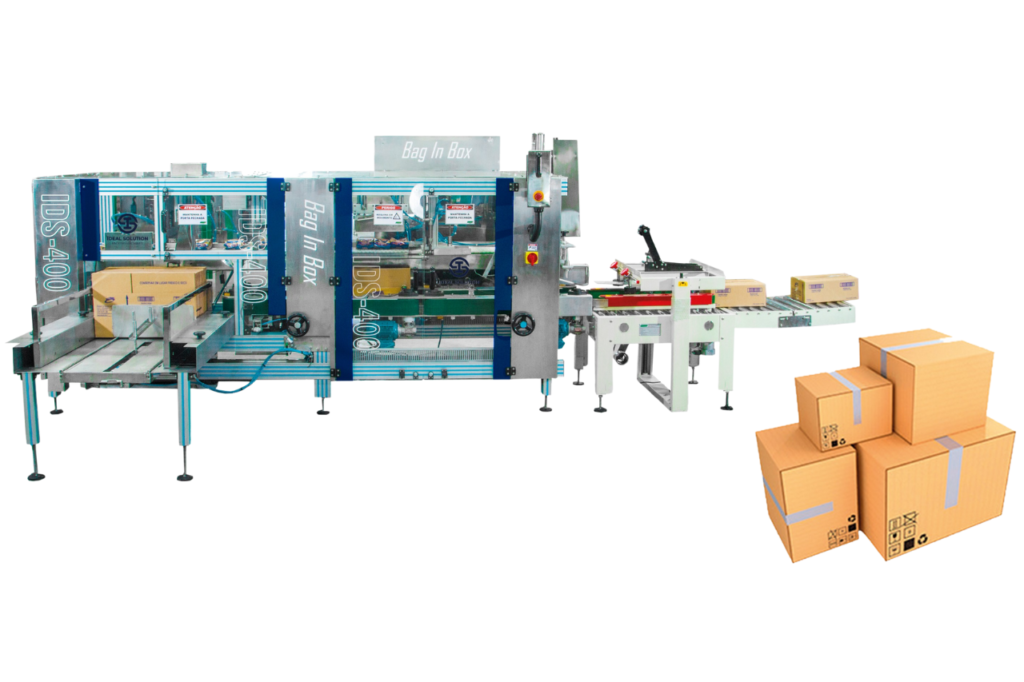Box machines
Box machines, also known as box-making machines, are equipment used to produce cardboard, paperboard, or other material boxes for packaging purposes. These machines are widely used in industries that require box packaging, such as food, electronics, industrial products, and more.
Here are the key components and steps involved in the box production process using box machines:
Material Feeding: The machine is fed with rolls of cardboard or paperboard, which are unwound for the box manufacturing process.
Cutting and Creasing: The material is cut and creased according to the box design. Cutting defines the dimensions of the box, while creasing creates the necessary folds to form the sides and top of the box.
Folding: The cut and creased material is folded at the appropriate areas to form the basic shape of the box.
Gluing: The folded areas of the box are glued or adhered to ensure secure box assembly.
Printing: Some box machines have the ability to print designs, product information, logos, or other elements directly on the surface of the box.
Assembly: The box parts are assembled, resulting in the final shape of the box.
Inspection and Quality: Some machines have inspection systems that check the quality of the produced boxes, ensuring they are ready for use.
Collection and Stacking: Finished boxes are collected and may be stacked for easy handling and transportation.
Box machines are designed to efficiently and accurately produce a variety of box sizes and types. They can be used to create custom boxes according to customer specifications or to produce standardized boxes for packaging and shipping.
These machines are essential for industries that rely on box packaging for their products, offering an efficient solution for high-volume production of high-quality packaging.


